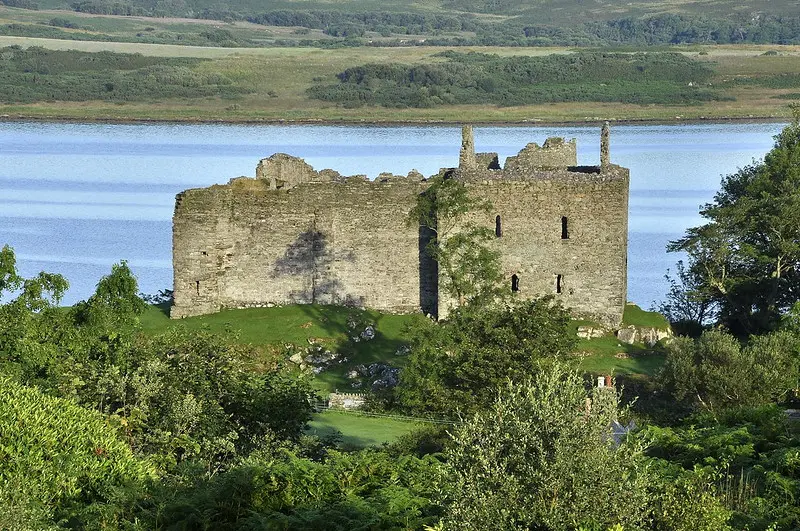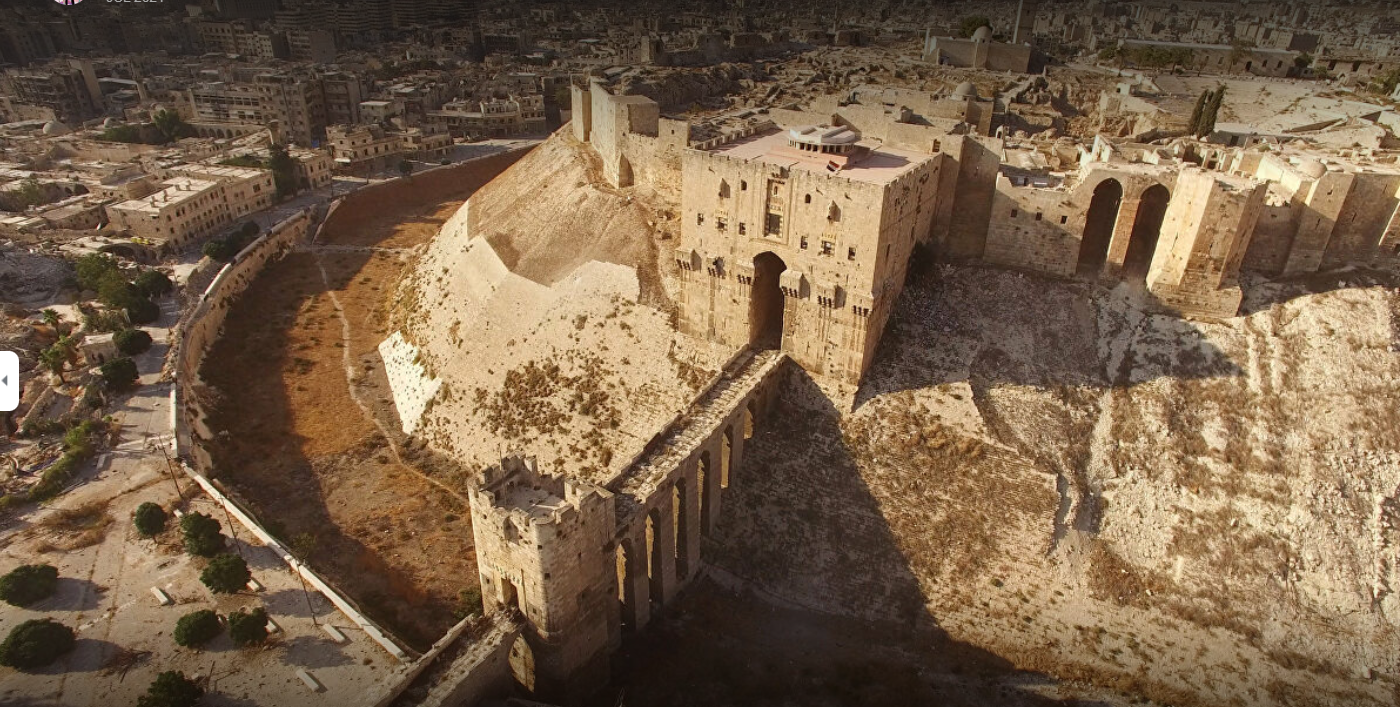Today, castles are emblems of power, prestige, and history.
They remind us of an era when peace was won by war, and a time when royalty depended on the ability to conquer more lands. In more contemporary times, diplomacy is elevated beyond the ability to conquer but in earlier times, powerful men took what they could, and whenever they cared, they left a castle behind to prove it.
History reveals that the first castle in the world was built in the Roman Legionary camps in the earliest century BC (that is 100 – 200 BC).
In medieval Europe however, it was not until the era of King William the Conqueror in 1066 that the first castle was built.
It suffices to say that although the United Kingdom currently houses most of the world-renowned castles of recent times, castles are borrowed ideas from the Roman Empire and not indigenous/ originated in England.
Why Castles were built?
To understand when castles were first built, it is crucial for us to pry into why they were built because, although the timing differs, the original purposes for castles are the same.
Castles were built as a symbol of authority, a home for a noble, and thirdly, a semi-fortress for security purposes.
- Fortresses: these were first built by the Romans as a military defense base from where attacks can be launched, and reinforcement could be sent. When Gaius Marius became the consul in 108 BC, Rome was at war with Numidian king Jugurtha, so he recruited males under the age of 45 into the roman legionary camps and they built fortifications for the army.
- Castles: from building fortresses, there was the need for less militarised structures that could serve as a home for nobles, which could also be strong enough to stand a siege. It was on this basis castles were created.
- Palaces: The use of palaces is more recent as they were stationed deep inside cities, outside the danger zones, and decorated suitably for the King and his family. They were not designed for offensive purposes but for comfort.
The first set of castles was the built-in form of an oppidum (molded earth that is built like a hill surrounding a city merely as a fortification), and eventually, they graduated into a habitable structure reserved for the noble lords.
When did humans start building castles?
Most of the world’s renowned castles in England were built from 1066 onwards, when King William, a warrior, and conqueror nursed the ambition to unite England.
He traveled far and wide to conquer and dominate new territories. Due to his military might, he succeeded and built a fortified castle as a symbol of his domination.
The castles were usually made from the earth and as such were easy to complete.
Before moving on to conquer another territory, he’d place the castle under the supervision of a noble lord/ knight/ warrior loyal to the crown. As time went on, the lords expanded the castles, replaced them, and built new ones.
It is recorded that at least 1500 castles were completed in the medieval era alone.
In Rome, the oldest standing castle is the Castel Sant’Angelo which was built in 135-139 AD by Emperor Hadrian. It is now connected to the Vatican City and forms part of the holy city.

Who invented castles?
History did not accord us with the information of who invented castles.
It is unclear who should have the credit, the king who ordered the building, or the laborers who supervised the structures to what they perceived would interest the noble lords. As such castles cannot be credited to any particular person.
However, it is safe to say that castles originated from Rome and in England, the developers of original castles and castles designs were the Normans.
Today, there are various types of castle types and categories such as:
1. Medieval Castle
2. Motte-and-Bailey
3. Stone Keep
4. Square Stone Keep
5. Round Stone Keep
6. Shell Keep
7. Concentric Castle
8. Victorian Castle
9. Elizabethan style
10. Jacobean architecture, etc.
A brief overview of the first castles built in different parts of the world.
Country: Syria
Name: The Citadel of Aleepo, Syria.
Year: 3000 BCE
Partly standing

Country: England
Name: Berkhamsted Castle
Year: 1067 (partly standing)
Pioneer owner: Robert Mortain

Country: Ireland
Name: Killyleagh Castle in Downpatrick, County Down
Year: 1180 (Standing)
Pioneer owner: Norman knight John de Courcy


Country: Wales
Name: Castell Carn Fadryn
Year: 1188
Pioneer owner: Owain Gwynedd

Why are castles not built anymore?
From the 18th century onwards, the building of castles has dwindled significantly. It is safe to state that the reason is that castles are no longer as relevant as before.
Here are some of the reasons why castles are no longer being built in recent times;
- With the introduction of guns, firearms, and bullets, castles became irrelevant for defensive purposes. Although some stone castles were fortified against bullets, it was much inefficient and as the nature of assault changed, the nature of defense had to also change (Remember castles were built for their defensive nature).
- It is overly expensive to build such a structure today: In older times, all the lord or noble needed was men/ manpower who would willingly do the hard work for cheap compensation. Some offered no more than protection or a couple of coins for the day’s work, or food, or permission to farm the nearby lands. Today, materials for building such are way costlier and the labor too. When it has no defensive relevance, people started seeing fewer reasons to invest in a castle, when one could simply build a palace or a villa as the case may be.
- Change of Values; today, the wealth of royalty or nobility is no longer measured by the vastness of their castles/ place of abode but rather by their influence, political relevance, and how deep their pockets are. Wealth is now quantified by money and money’s worth as opposed to castles, hence royalty do not fancy the building of new castles
- The decline in neighborhood wars: not only did the nature of assault change, people became more diplomatic in dealings, and territorial wars reduced significantly, also weakening the relevance of castles.
Today, the older castles are being refurbished and maintained for historical and tourism purposes whilst the contemporary styles of the building are built for comfort and relaxation as opposed to for defense purposes.

